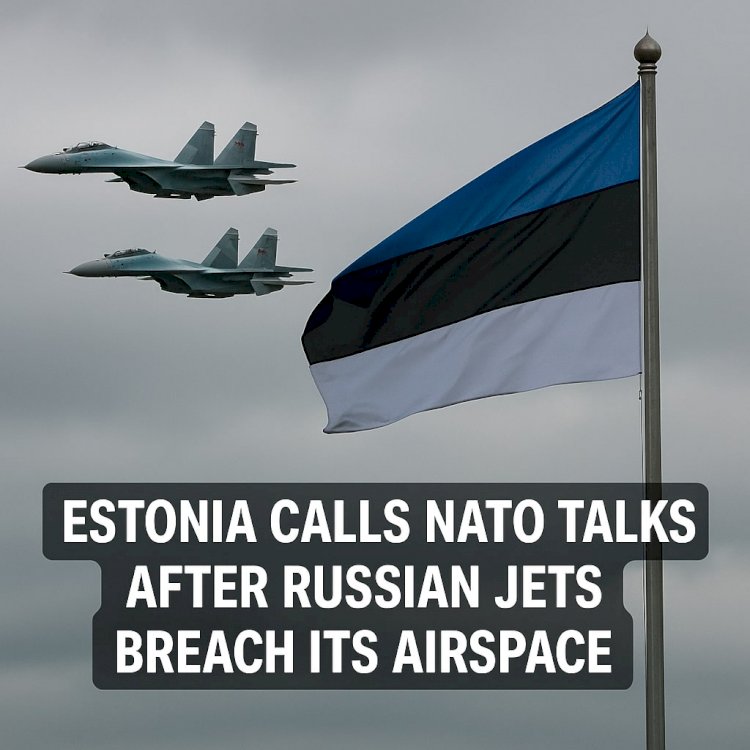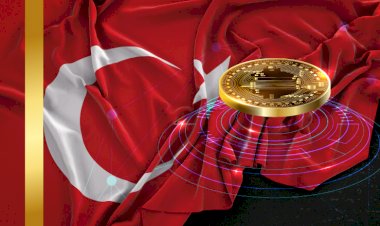Estonia Calls NATO Talks After Russian Jets Breach Its Airspace

Tallinn, September 20, 2025 — Estonia has formally triggered NATO’s consultation mechanism under Article 4 of the alliance treaty after three Russian MiG-31 fighter jets crossed into its sovereign airspace over the Gulf of Finland.
The jets entered near Vaindloo Island, flying roughly five nautical miles inside Estonian territory. Officials confirmed the aircraft had no flight plans, operated with transponders switched off, and failed to contact civilian air traffic control. The intrusion lasted around twelve minutes before NATO’s Italian-deployed F-35s scrambled under the Baltic Air Policing mission and forced the Russian planes to exit.
Estonia Raises Alarm
Prime Minister Kristen Michal denounced the incident as “unacceptable” and a direct challenge to regional security. Foreign Minister Margus Tsahkna echoed the sentiment, labeling the move a “grave provocation” and stressing that Estonia would stand its ground with the backing of NATO allies.
By invoking Article 4, Estonia has called for allied consultations, a step taken when a member perceives its territorial integrity or political independence under threat. While it does not commit NATO to immediate military action, it elevates the situation to formal alliance-level discussions.
A Pattern of Violations
This latest breach is the fourth such violation of Estonian airspace this year. Previous cases involved both fighter aircraft and military helicopters, also near Vaindloo Island, a hotspot for Russian military testing of NATO resolve. Similar tensions have been reported further south, with drones straying into Polish territory and Russian aircraft making close passes near Romania.
NATO and Russia at Odds
NATO officials condemned the act as dangerous and destabilizing, reinforcing the alliance’s view that Russia is deliberately testing the eastern flank’s defenses. Moscow, however, rejected the accusation, insisting its aircraft were conducting routine flights over international waters.
The conflicting narratives underline the risk of escalation in the Baltic region, where NATO presence has been steadily reinforced since the start of Russia’s full-scale war in Ukraine.
What Comes Next
Allied representatives are expected to meet in Brussels early next week to consider Estonia’s request. Possible measures on the table include expanding air policing patrols, tightening surveillance in the Baltic Sea, and reinforcing NATO’s deterrence posture along the border.
For Estonia, the move is as much about collective reassurance as it is about deterrence: ensuring that such incursions are met with a coordinated and visible allied response. The outcome of these consultations will likely set the tone for NATO’s handling of future Russian provocations in the region.

 content-team
content-team 


















